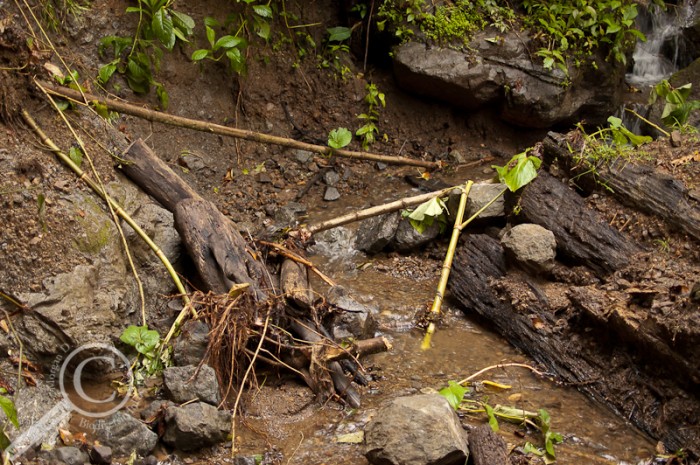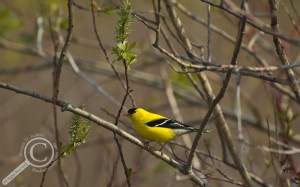With a little help from her friends of course!
On our way to set up a malaise trap before the rains hit while in Costa Rica last month, we stumbled across the following scene (click photos to enlarge):
 Continue reading »
Continue reading »
With a little help from her friends of course!
On our way to set up a malaise trap before the rains hit while in Costa Rica last month, we stumbled across the following scene (click photos to enlarge):
 Continue reading »
Continue reading »
The star viewing over El Copal was absolutely fantastic and gave me a great opportunity to practice some astrophotography in the evenings. I’m still refining my techniques, and my equipment isn’t great at handling long exposure noise, but this is by far my best attempt at capturing the Milky Way and all the potential of the universe! Of course, when I see photos like this one I realize I have a long ways to go, but that just means I have an excuse to keep trying!
This morning, undergraduate worker and entomologist-in-training Stephen Luk brought in a special little creature that he found in his backyard (click to enlarge):
Neat, but what is it you ask? It’s a hammerhead flatworm (Bipaliidae) which he found under some bark. Although I’m not 100% confident about what species it is, I’m fairly certain it is the introduced Bipalium adventitium. These little carnivores are predators of another introduced invertebrate, earthworms. Dindal (1970) reported that once Bipalium latches onto its prey, it sucks away with its pharynx (mouth-like structure) and liquefies large sections of the earthworms integument before ingesting its victim section by section.
This individual was about a 1.5 cm long and constantly on the move, making for a tricky photo shoot! The first image was taken with only the Nikon 105mm VR lens and SB-800 speedlight, but to gain some added magnification I shot the remaining images with extension tubes. Generally when I’m shooting macro subjects with limited depth of field, I strive to have the eyes in focus to allow the viewer to “connect” with the subject. But what about a creature that doesn’t have eyes in the traditional sense? Well, I went for what I believe are light-sensing sensilli (larger crop of above photo):
It took quite a few tries to get a good shot with the small depth of field provided by the extension tubes, but it was worth the effort to see such a special little invert up close and personal!
References: Dindal, D. L. 1970. Feeding Behavior of a Terrestrial Turbellarian Bipalium adventitium. American Midland Naturalist 83 (2): 635-637I took a short break this morning to clear my head and get back into this photography thing, so I headed over to the University of Guelph Arboretum and went looking for flies. It became readily apparent that not picking up a camera for 8 months was going to make it a learning process all over again! And the first lesson? Charge your flash batteries! One shot into the day and I realize my SB-800 is dead in the water. Crap… luckily my shooting buddy also uses Nikon equipment, so while he was shooting I was collecting, and vice versa. Problems solved right? Well, lesson 2 quickly became apparent; check your settings! I had switched to shooting JPEG this winter for a family function! Crap… a quick switch back to RAW format with hope those first few shots were ok and won’t need much editing (JPEG files don’t handle heavy editing well) and back to work I go.
The rest of the morning was spent finding the body control and breathing necessary for macro work, and by lunch time I was feeling almost back into the swing of things! I definitely need to make the time to go out more regularly this summer, and remember, check, double check, and triple check your equipment each time you go out!
Well, it’s the spring, and that means the birds start to come back to Ontario, and start showing off their finery!

Although not one of the major migrators in the area, this American Goldfinch (Spinus tristis) was exploring Long Point Provincial Park
Hopefully this season doesn’t go by as fast as the winter seemed to!
I think from now on I’ll stop forecasting when my next blog post will be as I don’t seem to be hitting many deadlines! Although slightly delayed, today I’ll be sharing some of the more “cuddly” creatures that we encountered during our 2 weeks in the Bolivian Amazon.